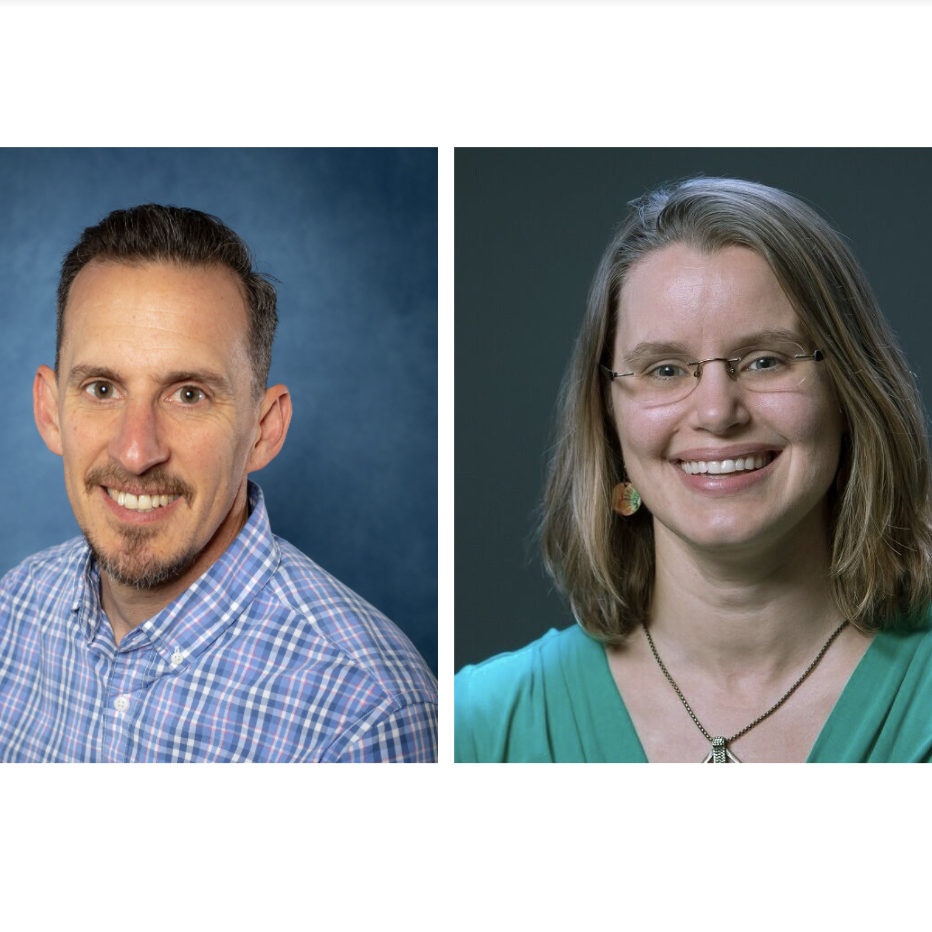Changing to Meet the Moment
When the pandemic hit, Karl Bailey was ready—at least in terms of his lesson plans. As Professor of Chemistry at Clark College in Vancouver, WA, Bailey had already been adapting the POGIL pedagogy for asynchronous, online, and hybrid lessons using peer-based learning communities.
This became especially important during the pandemic. "My students have all said that the peer- to-peer element was the most real face-to-face experience they had during the pandemic," said Bailey. "This gave them all the flexibility and support they needed, and gave them that connection that they were lacking in their other courses."
Bailey's ability to foster a strong peer learning community interested other members of The POGIL Project, too. Charity Lovitt, an Associate Teaching Professor at the University of Washington Bothell, immediately struck up a correspondence with Bailey about his pedagogy after listening to his NCAPP panel and poster presentation in 2019.
"I implemented what he was doing on the panel in my class the following week," Lovitt recalled. Then, by May of 2020, Lovitt and Bailey decided to respond to a call for papers from The Journal of Chemical Education with their insights about translating POGIL activities to the virtual classroom.
"What emerged as we were writing the paper was how well the POGIL process connected with online theories of learning," said Lovitt. She cited the 'Community of Inquiry' model of learning and noted how neatly each element corresponds to the POGIL method.
"How students connect with, and learn from, one another socially is embedded within the content," Lovitt explained. "POGIL activities foster social rela- tionships between students, even virtually."
In addition to reflecting on how their teaching strategies changed during the pandemic, both Lovitt and Bailey uncovered new student needs they plan to address as the world eventually opens back up.
"One of the big takeaways was how powerful peer-to- peer community is, especially
in online and asynchronous learning," said Bailey. "What you're getting out of this learning community is a much more power- ful, capable, and motivated learner."
"One thing that emerged for me during this pandemic was the need for accessibility," Lovitt added. "Having the synchronous and asynchronous options has proven really helpful for everyone feeling connected." Moving forward, Lovitt plans to keep checking in on her students, who also expressed challenges like "food insecurity, housing insecurity, and lack of internet."
Like Bailey, she hopes other instructors will see how easy it is to adapt POGIL to virtual or hybrid classrooms. "A lot of the things we think of as being hard, like offering a choice between synchronous and asynchronous content, aren't actually hard," said Lovitt. "It's a paradigm shift."

Changing to Meet the Moment
Charity Lovitt & Karl Bailey bring POGIL to virtual classrooms